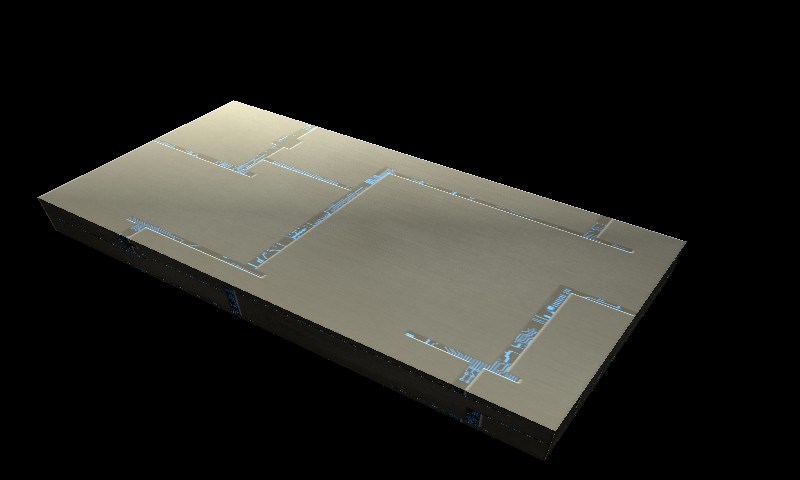I'm making a car game and doing the dashboard part. I'm trying to do the dashboard lights, i've did this changing the dashboard texture, overwriting the texture with the light image over it, example:
Texture2D dashboardTexture;
Texture2D parkingBrakeLightTexture;
Model carModel;
//when the light needs to turn on:
PutTextureOverDashboardTexture(parkingBrakeLightTexture);
//on Draw method I change the texture of dashboard mesh:
effect.Texture = dashboardTexture;
effect...
This is alright, but the lights will suffer influence from the external light if I EnableDefaultLighting() in the effect, then the dashboard lights will almost don't appear depending on what direction the car is, and of course that should not happen. So how can I make the lights of dashboard appear? I need to use another alternative? Or can I still utilize this method?

 The dark side:
The dark side:

 The dark side:
The dark side:
